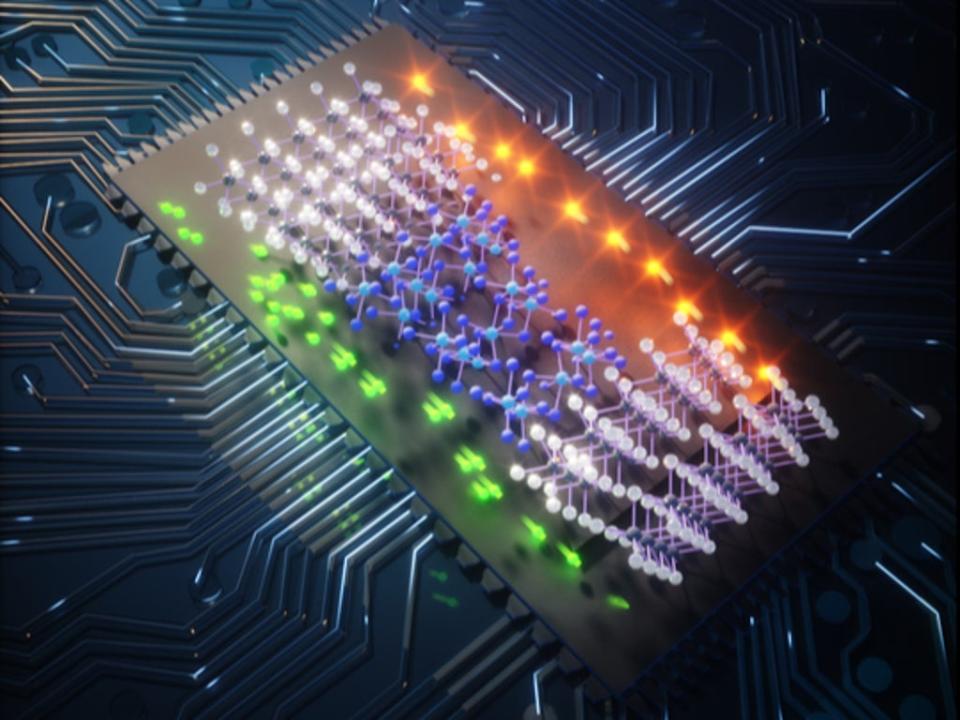Physicists make ‘impossible’ superconductor discovery that could make computers hundreds of times faster

Physicists have developed a superconductor circuit that was previously thought to be impossible.
The discovery of one-way superconductivity could mean that low-waste, high-speed circuits are possible and could revolutionise computing by making electronics hundreds of times faster without any energy loss.
Superconductors are made with a current that goes through a wire without any resistance, which makes blocking the current close to impossible. Making the current flow in only one direction is an even harder challenge, but one that is necessary for computers.
“Technology which was previously only possible using semi-conductors can now potentially be made with superconductors using this building block. This includes faster computers, as in computers with up to terahertz speed, which is 300 to 400 times faster than the computers we are now using,” Associate Professor Mazhar Ali, who made the discovery with a research group at Delft University of Technology, said.
“This will influence all sorts of societal and technological applications. If the 20th century was the century of semi-conductors, the 21st can become the century of the superconductor.”
The researchers made a 2D lattice based on the metal niobium, which could create a ‘supercurrent’ with no voltage that could be used in quantum computing.
However, it will still take time before this makes its way to the next generation of technology. These materials have to be kept at cold temperatures to be superconductive, and while some can deal with heat it is only under huge amounts of pressure.
This is because, normally, as an electric current flows through a wire the electrons face resistance that becomes heat. Once it reaches a critically low temperature though, that resistance becomes functionally nothing. It is possible that this means current can flow through a wire forever without dissipating.
“For server farms or for supercomputers, it would be smart to implement this. Centralized computation is really how the world works now-a-days. Any and all intensive computation is done at centralized facilities where localization adds huge benefits in terms of power management [and] heat management,” Ali says.
“The existing infrastructure could be adapted without too much cost to work with Josephson diode based electronics. There is a very real chance, if the challenges discussed in the other question are overcome, that this will revolutionize centralized and supercomputing.”

 Yahoo Finance
Yahoo Finance 